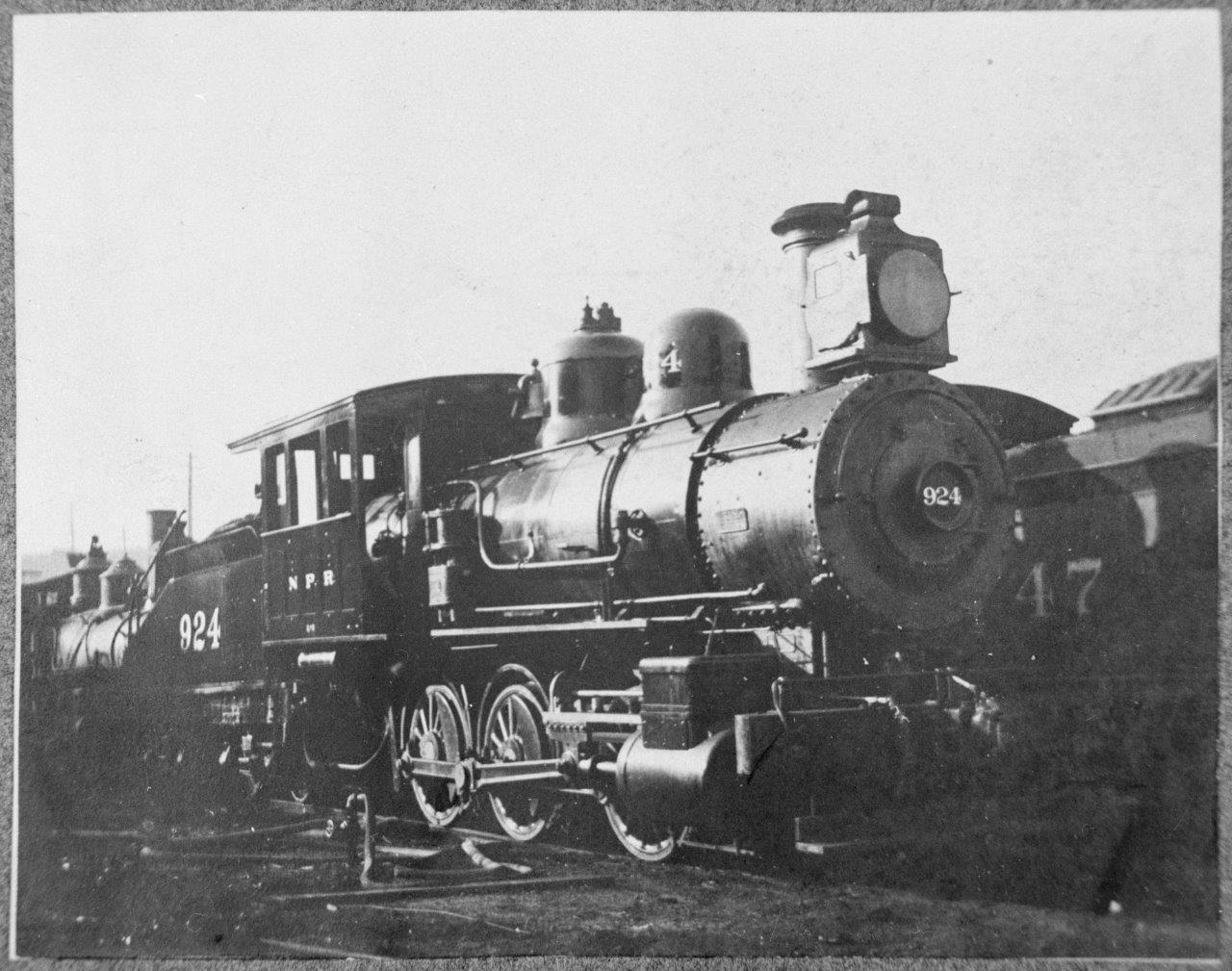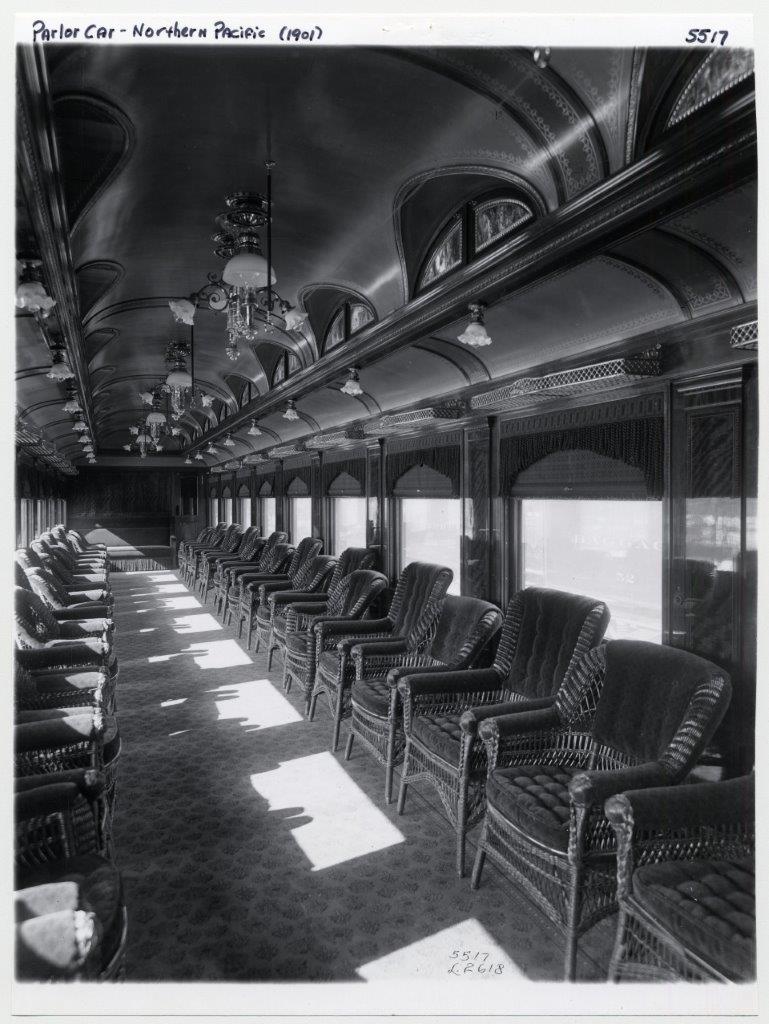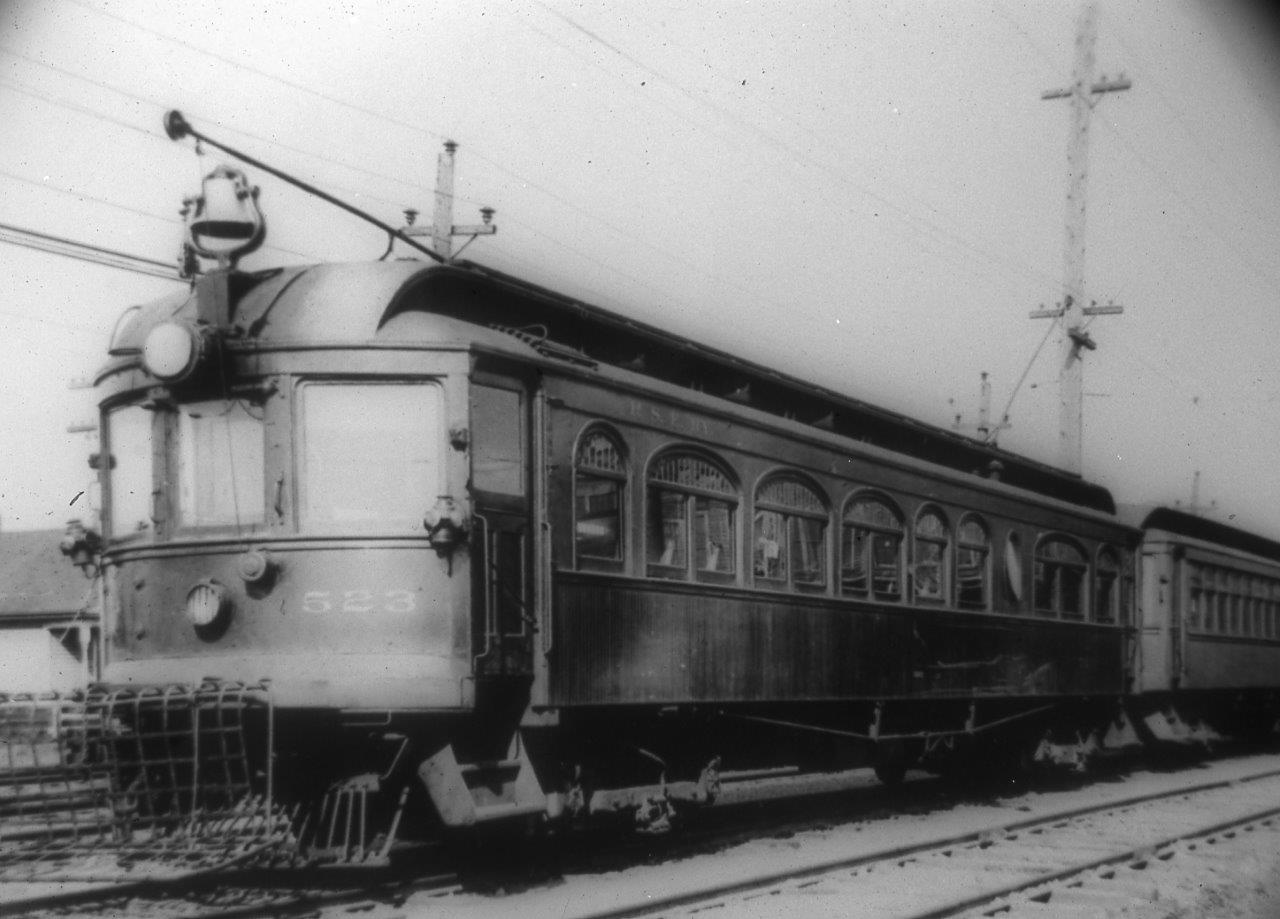 |
| The main page of Digital Collections. |
The Northwest Railway Museum recently completed a
4Culture Collection
Care (Heritage) grant: Small Object Cataloging. The project proposed to catalog
a selection of small railway artifacts and provide the public with a way of
viewing those items through the Museum’s website.
As part of the project, more than 600 objects were cataloged
using Past Perfect Museum software. The software also includes a function that
allows the public to view designated collection items online. The Digital
Collections are available for perusal on
TrainMuseum.org under
Research. The
Museum selected a small sample of artifacts for the online collection under
three categories: lanterns, ephemera, and tools of the trade.
The Digital Collections are available at no cost to the
public on TrainMuseum.org. Additionally, some artifacts from this project are
on display in the Train Shed Exhibit Building, which had approximately 14,000
visitors in 2017.
 |
| Sample page of the Ephemera collection. |
 |
| Lantern main page. |
 |
| Sample table of contents for Tools. |
|
 |
| Sample page of the Lantern collection. |
Railway history is an under-represented heritage theme yet
railroads played an extremely important role in getting people to the Pacific
Northwest and materials out of the area. The Digital Collections help tell that
story to the public through photographs and collections data.
A
4Culture Collection Care (Heritage) grant funded this exhibit. 4Culture is the
cultural funding agency for King County, Washington. Using Lodging Tax and 1%
for Art funds, 4Culture has four program areas to serve the county: arts,
heritage, historic preservation, and public art. For more info on 4Culture,
visit their website at 4Culture.org.
 Santa Train is a Northwest tradition that began in 1969. Each year thousands are thrilled to see Santa, but one day is extra special: Victorian Santa Train!
Santa Train is a Northwest tradition that began in 1969. Each year thousands are thrilled to see Santa, but one day is extra special: Victorian Santa Train! Young guests received on Santa's lap were treated to a Jacob's Ladder gift, which is a wooden toy popular in the late 19th Century. It was the toy that every kid said they had to have! And the atmosphere was made oh so much more festive with the enthusiastic participation of Victorian (and Edwardian!) reenactors dressed in period clothing.
Young guests received on Santa's lap were treated to a Jacob's Ladder gift, which is a wooden toy popular in the late 19th Century. It was the toy that every kid said they had to have! And the atmosphere was made oh so much more festive with the enthusiastic participation of Victorian (and Edwardian!) reenactors dressed in period clothing.
























































